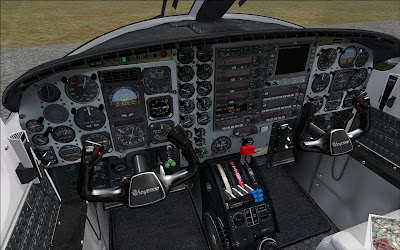París, 25 nov (EFE).- Un avión Airbus A340 de la compañía francesa Air France voló durante días sin unos 30 tornillos de los paneles del alerón trasero, hasta que un mecánico descubrió su falta, según confirmó hoy a Efe la aerolínea.
El avión, que acababa de ser revisado en China, fue inmovilizado de inmediato en Boston (EEUU), aunque unas horas después retomó el vuelo tras solucionar el percance, según precisó una portavoz.
Air France aseguró que "en ningún momento peligró la seguridad" de los pasajeros, y atribuyó la responsabilidad del olvido a la empresa china Taeco, encargada de llevar a cabo la "gran visita", término con el que se conoce la revisión exhaustiva de los aviones cada 5 ó 6 años en función de sus horas de vuelo.
La compañía subrayó que por lo general revisa directamente en Francia sus 245 aparatos, pero que en este caso hizo una excepción por sobrecarga de trabajo y confió esa función a la subcontrata ubicada en la localidad china de Xiamen.
También indicó que se trata de la primera vez en cuatro años que ese proveedor chino comete un error de ese orden.
Los tornillos que faltaban correspondían a un tercio de los necesarios para fijar uno de los paneles aunque, según expertos del sector, no constituye un riesgo "importante".
Taeco es una de las empresas líderes del mundo en el mantenimiento de aeronaves y está participada a parte iguales por por Cathay Pacific Airways, Japan Airlines y Boeing, entre otros grupos de aviación. EFE










